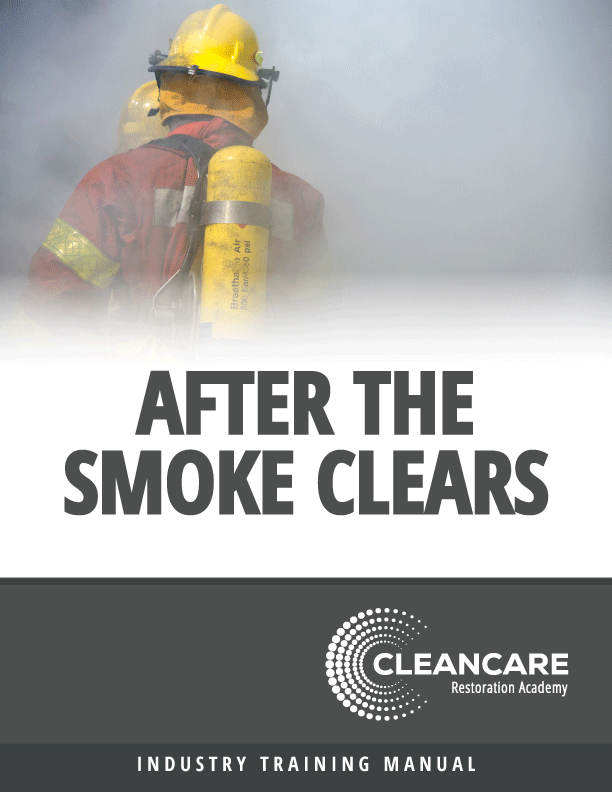GALVESTON, Texas (AP) --October 12, 2008 -- A month after Hurricane Ike, piles of Sheetrock, appliances, furniture and family mementos dot most streets in this island town. Electronic road signs in southeast Texas flash, "Watch for cows next 20 miles," a reminder that few fences remain to hem in livestock. Blue tarps cover 11,000 roofs for 100 miles from Houston to the Louisiana line.
And then there are the 37 found dead so far in Texas and hundreds still unaccounted for one month after the hurricane barreled ashore on Galveston Island, leveling trees onto power lines and temporarily crippling Houston, the nation's fourth-largest city and the center of the U.S. energy industry.
The storm is the most expensive in Texas history, with an estimated price tag of $11.4 billion - so far.
At 600 miles wide when it hit land, its jolt was felt as far away as Ohio, killing an additional 35 people on its way across the country. The shutdown of Gulf refineries caused gasoline shortages in Atlanta and elsewhere in the Southeast.
Galveston County Judge Jim Yarbrough offered a refrain often repeated by officials when discussing recovery efforts from the Sept. 13 hurricane.
"It's a marathon. It's not a sprint," he said. "It's going to take at least a couple of years before we fully recover. It's going to be a long haul."
Galveston County, which includes Galveston Island and the Bolivar Peninsula, took a particularly sharp hit from Ike, as its waterfront communities remain dependent on income from fishermen and beachgoers.
About 75 percent of the homes on Galveston, about 50 miles southeast of Houston, sustained some damage from Ike's 110-mph winds and 12-foot storm surge. Residents who evacuated were kept off the island for 10 days. Most have returned, attempting to salvage personal property that wasn't drenched or ruined by mold and mildew.
While utilities, water and sewer service have been restored to most of the island, about 10,000 households still have no electricity and about 400 people still live tent shelters. Some residents still stand in line for free food and ice.
Galveston officials are working to reopen hotels and restaurants and restore its beaches - the lifeblood of its tourist-dependent economy. Hotels are filled with residents whose homes are unlivable. City leaders scrapped plans to host a popular annual biker rally at the end of October because the island still won't be ready. It was rescheduled for December.
Galveston City Manager Steve LeBlanc acknowledged some residents' concerns about temporary housing, debris removal and whether they can or should rebuild their damaged or destroyed homes.
"As far as our efforts to get back to our feet, we're doing excellent," LeBlanc said. "But we've got two more years of this. We've got to pace ourselves. What's really nice is that the community is pulling together. They are being tolerant and understanding."
On Bolivar Peninsula, just northeast of Galveston, residents continue to clean up the spit of land where most homes were flattened or sustained catastrophic damage. Residents are allowed to visit to make repairs but still cannot live there.
Access to Bolivar, population 4,000, remains a problem as repairs to a ferry that connects it to the mainland and a bridge on the peninsula are still under way, Yarbrough said. Power and water probably won't be fully restored to the peninsula until mid-to-late November.
Debris continues to mount on Bolivar but can't be removed until officials are certain none of the hundreds of missing are in any of the piles, Yarbrough said.
More than 3,000 homes in Jefferson County were damaged, said Greg Fountain, emergency management coordinator for the area that includes the oil-dependent cities of Beaumont and Port Arthur near the Louisiana border.
Agriculture, the other major industry in Jefferson County, was damaged by the saltwater contamination of land. Several thousand head of cattle were killed and the survivors are roaming free with no fences to keep them on their own land.
"The people of southeast Texas are resilient. We've been through this more than our fair share of times," Fountain said.
Communities in Chambers County have suffered at least $450 million in damages, and more than 1,000 homes have been destroyed, said County Judge Jimmy Sylvia.
"We're recovering, but it's slow," he said, noting a debris field 30 feet high and a mile long in the southern part of the bayfront county. The field contains the remains of homes that once sat on Bolivar Peninsula and are now being searched for bodies.
Even Houston, despite suffering relatively little damage, is still rebounding from the storm.
Houston's costs from Ike are expected to top $2 billion, said Frank Michel, spokesman for Mayor Bill White. The hurricane damaged more than 10,000 homes and will force the city to spend about $100 million for cleanup.
Recovery, ruin visible in Texas a month after Ike
Looking for a reprint of this article?
From high-res PDFs to custom plaques, order your copy today!





